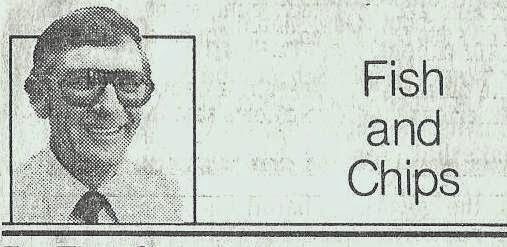By
TED SYLVESTER
(This
is a story about a plane crash at the Owls Head Airport in July of 1979 as
reported by Ted in his “Fish and Chips” column)
It was a horrible sight.
There was a strong sickening odor of aviation fuel as we forced our way through
the underbrush. And then we saw it. The long blue and white fuselage was
unmistakably that of the familiar Downeast Airways we see flying daily over our
house. It lay there among the twisted metal of other parts of the plane.
We felt sick to our
stomachs. The first persons we saw when we arrived carrying a stretcher from
the first ambulance on the scene, were Chief Deputy Riley and Lt. Stephen
Mazzeo of the Sheriff’s Department. They were frantically trying to organize a
land search for possible survivors.
The screams of young
John McCafferty could be heard a short distance away as medical personnel
administered to his needs.
Mazzeo and Dr. Barbara
Fuller entered the downed aircraft to check for signs of life. Mazzeo reported
to Sheriff Carlton Thurston there were seven persons on board, all of them
dead. Thurston double checked with authorities on his initial information.
There were 18 persons on board the Otter when it departed Boston an hour
earlier. Information confirmed.
It was then assumed
there must be 10 persons lying out there in the brush, perhaps some of them in
desperate need of medical assistance. This led to frustration, friction and
sometimes anger between the rescue crews and law officers anxious to lend
assistance to whoever might need it. Riley and Mazzeo organized a search with
volunteers, who scoured the area arm in arm.
“Watch out where you
step there might be a body,” yelled someone. No one was found and searchers
started wandering off helter-skelter on their own.
The call went out for
all available volunteers to respond to the scene for a ground search. When such
a call goes out in the coastal area, everyone comes. And they did. There was a
resulting traffic jam, and seemingly hundreds of people trying to get to the
remote area to help.
Later during the night,
the word went out to clear the area of spectators even if it meant hauling away
cars and arresting people.
And then there was the
news media. Television crews, wire service reporters and photographers began
pouring into the area. The Boston Globe
sent seven people to the coast to cover the story.
In our opinion the
credibility of the Globe diminished
immensely if the coverage of the crash was any indication of its expertise.
“If you want to find out
what really happened don’t bother reading the Globe,” we were told by a friend Friday morning. The Boston paper
had five staff written stories and pictures. “Don’t think we will make it,” was
completely misleading and out of context. It smacked of sensationalism.
At a Thursday night
press conference Elwood Driver of the National Transportation Safety Board,
cautioned reporters over and over again not to be misled by the statement of
pilot James Merryman. Driver explained it several times, and even underlined
the quote on a blackboard. He said the message was in reference to a radio
transmission from Merryman that he was going to “go down,” and take a look at
the Owls Head runway, and if he did not see it, would not attempt a landing,
but seek clearance to land at Augusta.
Here’s Merryman’s exact
quote:
“Look’s like we probably
are going to miss the approach here at Rockland. We’re going down, but maybe
you can pull us out a clearance for Augusta.” There was no excitement in his
voice as he relayed the routine transmission.
But the Globe says the pilot’s last radio
transmission indicates he decided too late that he could not attempt a landing
in dense fog. This same information went out across the wire services and was
picked up by national television networks. As reported, it leaves the
impression that the pilot’s last words as he plummeted to the earth were, “I
don’t think we will make it.”
Unbelievable. It sure
makes it difficult for the rest of us in the profession to gain any credibility
with the public when we attempt to present information as factually and
honestly as we can. Sure, we’re humans, and we make mistakes. But to
deliberately go out and create sensationalism is inexcusable.
It disgusted us.
Just one more word about
the treatment the press received from officials at the crash site.
At all past mock
disaster exercises, the press played an important role. The press is always
invited to be present to record and report on how well trained and drilled
emergency services are in the area. The exercises were coordinated by the
director of Civil Emergency Preparedness, Wesley Knight. He established a
command and public communications post. Wednesday night he was not even called.
At the crash scene,
press personnel were not at all welcome and at times ordered not to take any
photos. Press Herald reporter Larry
Ouellette was threatened with arrest if he took any photos, and was also
threatened with confiscation of his film.
The press is great when
you want the publicity to show what a great organization you are, but when the
real thing comes, it’s another story.
In fact, the press had
been “tipped off” that a surprise disaster drill would be held next week. It’s
been canceled.


No comments:
Post a Comment